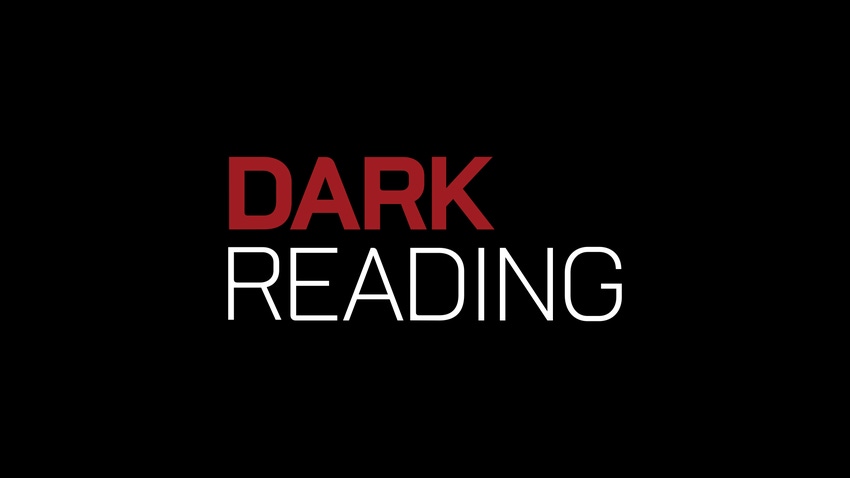Choosing Email Security Services? Watch Your Step
New Dark Reading Tech Center report offers advice on what to look for -- and what to avoid -- in third-party services

[Excerpted from "You've Got (Secure) Mail: Using Service Providers To Boost Protection," a new report published today in Dark Reading's Security Services Tech Center.]
When it comes to choosing email security services, there are some basic elements to look for -- and some basic elements to avoid. Let's take a look at each.
First, virtually all of these services run at least one (and usually more than one) traditional signature-based antivirus product. Of course, that's a bit of a misnomer -- no modern AV product operates solely on signatures. Even though traditional AV systems are no longer in vogue and are ultimately playing a losing game, they still do a lot of heavy lifting, providing protection from malicious attachments.
Second, every vendor has some form of IP reputation technology. IP reputation is a mature security measure, though new twists have sprung up around it. Blacklists for bad-acting mail servers have been around for more than a decade, though IP reputation with smarter updates and larger pools of monitored traffic raise the stakes beyond just a simple "Has this host sent spam in the last X hours?" check.
Finally, ever since spam has been a problem, spam-blocking software has been steadily learning how to identify it. Drawing from machine-learning, Bayesian inference, and fuzzy fingerprinting, a wide variety of related algorithms are churning through the massive amount of e-mail sent daily to try and predict what's bad before spam hits your network.
While it's hard to exactly compare the many different methods in use, one thing is certain -- those with the biggest databases have head starts. The better data you feed your engine, the more likely it is to correctly sort the spam from the ham.
Tread carefully if a vendor tries to sell you on e-mail whitelisting techniques. While positive security models do provide stronger defenses and are a much more promising long-term solution to malware than desktop antivirus, they simply do not apply to e-mail.
Think about it: E-mail works for the business because we receive messages from new, different people all the time. While whitelisted applications on a desktop are easily hashed and validated as legitimate, it's impossible to perfectly validate an incoming e-mail as being from the person it claims to be from. Therefore, it will be impossible to implement positive-security models in e-mail. Show any vendor selling that particular brand of snake oil the door.
Encrypting e-mail can mean different things to different vendors, and it's important to know what's being offered. First, forced TLS (transport layer security) encryption is, technically, encryption for e-mail. That said, it encrypts only one mail-server-to-mail-server connection.
The receiving mail server may be simply turning around and sending e-mail elsewhere on an unencrypted link. This feature will be attractive to companies interested in only a perfunctory level of compliance with e-mail encryption requirements. State privacy laws may be a motivator here. After all, once a message leaves your mail server, the thinking goes, it's not your fault if the receiving mail server mishandles the e-mail, right?
Well, only if you don't care about security best practices and defense in depth.
The proper solution -- and one that is increasingly becoming an popular add-on service from many vendors -- is to automatically encrypt the message content or attachment using a standard encryption engine, and rely on some other out-of-band method for transmitting key information.
While this can have a significant impact on usability, it does guarantee that e-mail leaving your organization won't be easily sniffed somewhere along the way.
Be aware, though, that pricing will vary from vendor to vendor. Most offer encryption as an add-on, but comparing plans may be difficult as the price-per seat for the feature may be rolled into a flat rate, or it may be licensed on a per-recipient or per-sender basis.
To download the full report, which includes analysis of secure e-mail services functionality and a discussion of the key differentiators between service offerings, click here.
Have a comment on this story? Please click "Discuss" below. If you'd like to contact Dark Reading's editors directly, send us a message.
Read more about:
2009About the Author(s)
You May Also Like
Key Findings from the State of AppSec Report 2024
May 7, 2024Is AI Identifying Threats to Your Network?
May 14, 2024Where and Why Threat Intelligence Makes Sense for Your Enterprise Security Strategy
May 15, 2024Safeguarding Political Campaigns: Defending Against Mass Phishing Attacks
May 16, 2024Why Effective Asset Management is Critical to Enterprise Cybersecurity
May 21, 2024
Black Hat USA - August 3-8 - Learn More
August 3, 2024Cybersecurity's Hottest New Technologies: What You Need To Know
March 21, 2024


